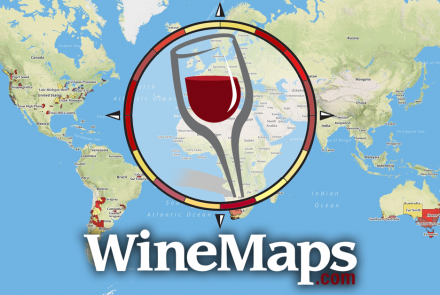The Bekaa Valley is a fertile valley located in eastern Lebanon, and is one of the country's most important farming regions. The valley is 120 kilometers long and an average 16 kilometers wide, situated between Mount Lebanon to the west and Anti-Lebanon mountains to the east.
The southern end of the valley forms part of the border between Lebanon and Syria. It is approximately 900 meters above sea level and its temperature can range from -10°C in the winter to 40°C in the summer.
Often referred to as the 'breadbasket of Lebanon', the Bekaa Valley is the main production area in the country for a range of crops including grains, fruits, vegetables and cannabis. The region's importance to Lebanon's agriculture industry stems from the fact that the soil is highly fertile due to the rich alluvial deposits left by the Litani and Orontes rivers.
The valley also produces a vast majority of Lebanon's wine. The region's high altitude, abundant water supply and wide temperature variations between day and night make it particularly suited for vine cultivation.
The Bekaa Valley is home to many archaeological sites as well. The Roman temple complex at Baalbek is a UNESCO World Heritage Site and one of the best-preserved examples of Roman architecture in the Middle East. Other historic monuments include the early Christian mosaics at Zahlé and the Umayyad ruins at Anjar.
The valley also plays host to a large number of Syrian refugees due to its proximity to the Syrian border, which has strained resources but has also has sparked various initiatives to improve conditions and provide opportunities for refugees.


